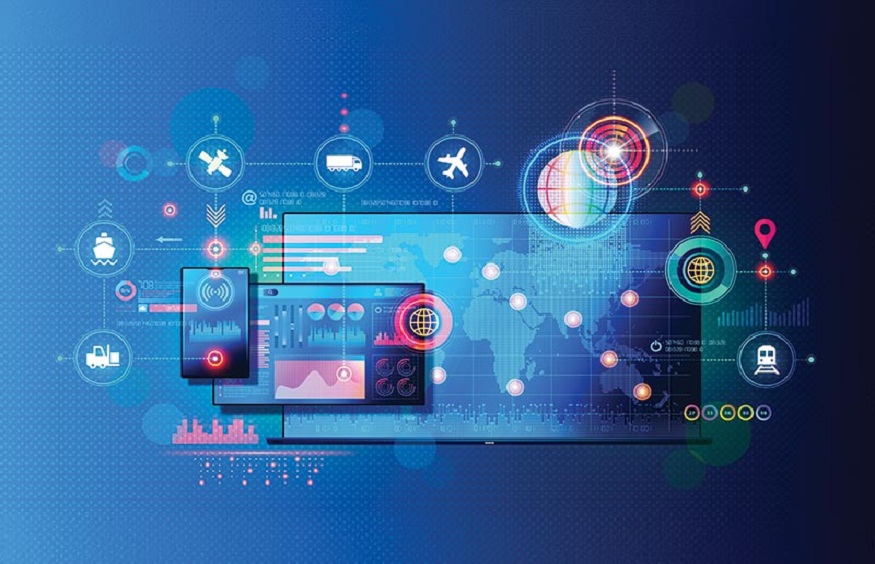Supply chain software and technologies are always adapting at a very fast pace due to the increasing demands for an efficient, real-time, andresilient supply chain network. By 2024, enterprises will use emerging technologies to enhance organizational efficiency, educate decision-making, and enable enhanced collaboration in multinational structures.
Technologies such as artificial Intelligence-based analytics, blockchains, and enhanced tracking systems are enshrining the platform for a new effective supply chain management. These developments make the set processes efficient and bring flexibility, especially regarding how organizations may quickly shift to meet new market needs or challenges. In this regard, procurement software comes in handy to ensure that coordination and transparency are observed fully from sourcing to delivery.
2. AI-Driven Analytics
In recent years, one of the developments in supply chain software is incorporating AI-based analytics. AI improves reliability by working through big data and coming up with trends, then estimating future demand, requirements for inventories, and interferences. Simulation and optimization methods are employed to determine the optimal production schedules, minimizing stock out times and improving inventory control. This trend enables organizations to make anticipative decisions that help them reduce risks such as fluctuations in demand and supply chain constraints. AI technologies also contribute to the customization of customer experiences, given that their stocks match the customers’ tastes, thus adding to their loyalty.
3. Blockchain Integrations
Blockchain is a valuable tool for transforming the supply chain’s openness and protection. As an emergent technology, blockchain ensures that records of the flow of goods are created in decentralized and immutable ledgers. The above transparency prevents fraud and counterfeit products and guarantees compliance with ethical standards.
For example, blockchain is indispensable for food and pharmaceutical companies. The complete supply chain track and trace is vital for avoiding risks to health and complying with legislation requirements.
4. Real-Time Data Tracking
Real-time supply chain visibility has gained popularity because of having to respond to disruptions and consumer expectations for delivery times. Using connected objects and sophisticated tracking systems, businesses can track shipments and assets with pinpoint accuracy, condition, and estimated arrival time. Real-time visibility makes it easier for companies to make changes on the fly, minimize the time spent waiting, and respond promptly to external conditions, whether in the form of bad weather or problems in ports. This capability not only minimizes expenses that are incurred due to late deliveries but also increases customer satisfaction due to timely delivery information.
5. Applications Such as Cloud-Based Collaboration
Information services offer their influence by creating cloud-based assembly points to substitute personal communication in the supply chain community. It also allows stakeholders working in different locations to view/ access, express, and edit documents in real-time, encouraging effective and open communication. In 2024, integrating cloud solutions with other supply chain software, including procurement software, is crucial to enhancing the integration of supply chain teams. This trend does away with disparate systems, simplifies work processes, and leads to increased efficiency and shorter markets. Furthermore, the target platforms introduce extensibility so that firms can quickly expand – an aspect one cannot achieve in on-premise systems.
Final Thoughts
Supply chain management is set to embrace advanced software that allows for real-time data analysis, automation, and information sharing. AI analytics, blockchain, real-time product tracking, and automation bolster the trends that make supply chains less vulnerable, more supply-demand, and more customer-focused. These technologies help enhance force productivity and enable the firm to make intelligent decisions regarding production, customer needs, and environmental conservation. Supply chain software will only continue to progress through 2025 and beyond as it satisfies and strengthens global supply chain relationships while improving supply chain functionality.









